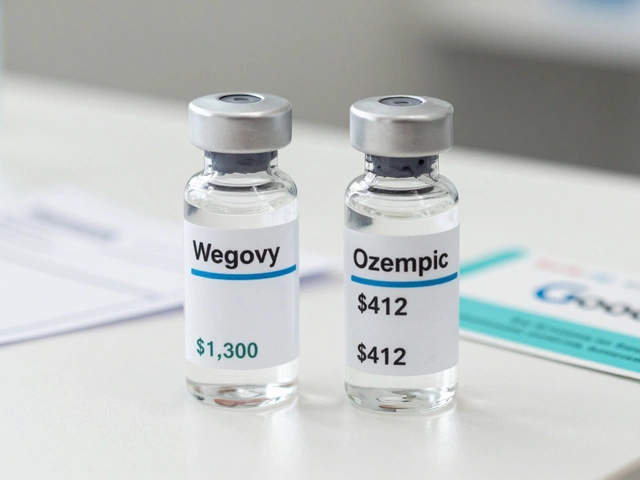Figuring out if insurance covers IVF can feel like decoding a secret language. This article breaks down which types of insurance might help with IVF costs, what details matter most in your plan, and how state laws can affect your coverage. Find specific tips for talking to your insurance provider and real facts about what to expect. Don’t let confusing jargon stop your family plans—here’s what you need to know before you start.
Read MoreIVF Costs in India – A Straight‑forward Guide
If you’re thinking about IVF, the first thing on your mind is probably the price tag. The good news is that India offers a wide range of options, from high‑tech clinics to more budget‑friendly centers. In this guide we’ll break down what you actually pay for, why prices vary, and how you can stretch every rupee without compromising quality.
Key Factors That Influence IVF Prices
1. Clinic reputation and location – Top‑tier hospitals in metros charge more because they have cutting‑edge labs, experienced embryologists, and a track record of success. Smaller cities often have competent centers with lower overhead, which translates to cheaper packages.
2. Type of cycle – A basic IVF cycle (stimulation, egg retrieval, fertilisation, embryo transfer) is the baseline cost. Adding services like ICSI (intracytoplasmic sperm injection), PGT (pre‑implantation genetic testing), or using a donor egg can push the price up substantially.
3. Medication – Hormones make up a big chunk of the bill. The dose you need depends on age, ovarian reserve, and how you respond to stimulation. Some clinics bundle meds with the cycle; others bill them separately.
4. Number of attempts – Most couples need more than one cycle. While many clinics offer a discount for a package of two or three cycles, the total cost still climbs. Knowing your approximate success rate helps you plan realistically.
5. Additional procedures – Things like frozen embryo storage, embryo biopsy, or endometrial scratching add fees. Ask the clinic for a clear line‑item list so you can see exactly what’s included.
Smart Ways to Reduce Your IVF Expenses
• Compare packages – Get detailed quotes from at least three clinics. Look beyond the headline price; check what meds, lab tests, and follow‑up visits are covered.
• Consider a shared‑risk model – Some centers offer a “refund if not pregnant” plan. You pay a higher upfront fee, but if the cycle fails you get part of the money back. It can be a good way to manage risk.
• Opt for generic drugs – Many fertility drugs have generic versions that are 30‑50% cheaper than brand names. Verify with your doctor that the generic version is acceptable for your protocol.
• Use a fertility grant or loan – Several NGOs and financing firms give low‑interest loans specifically for IVF. A small, manageable monthly payment can make a big package more affordable.
• Time your cycle wisely – If you have flexibility, schedule during off‑peak months when clinics may offer discounts. Early‑year slots sometimes come with promotional rates.
• Minimise unnecessary tests – Not every couple needs extensive hormonal panels or genetic screening. Discuss with your specialist which tests are truly essential for your situation.
Remember, the cheapest option isn’t always the best. Prioritise clinics that are accredited, have transparent success statistics, and maintain good hygiene standards. A slightly higher fee for a reputable lab can save you money—and heartache—later on.
Finally, keep a record of all receipts and communications. If you’re filing for insurance reimbursement (where applicable) or applying for a loan, detailed documentation speeds up the process.
IVF is a big emotional and financial commitment, but with the right information you can make a smart choice that fits your budget and your dreams of starting a family.
IVF, or in vitro fertilization, has become a popular choice for couples struggling with infertility, but it comes with its own set of challenges. Potential side effects include physical discomfort, emotional stress, and financial strain due to the high costs involved. There's also an increased risk of multiple pregnancies, leading to further complications. Understanding these disadvantages is crucial for anyone considering this treatment.
Read More





